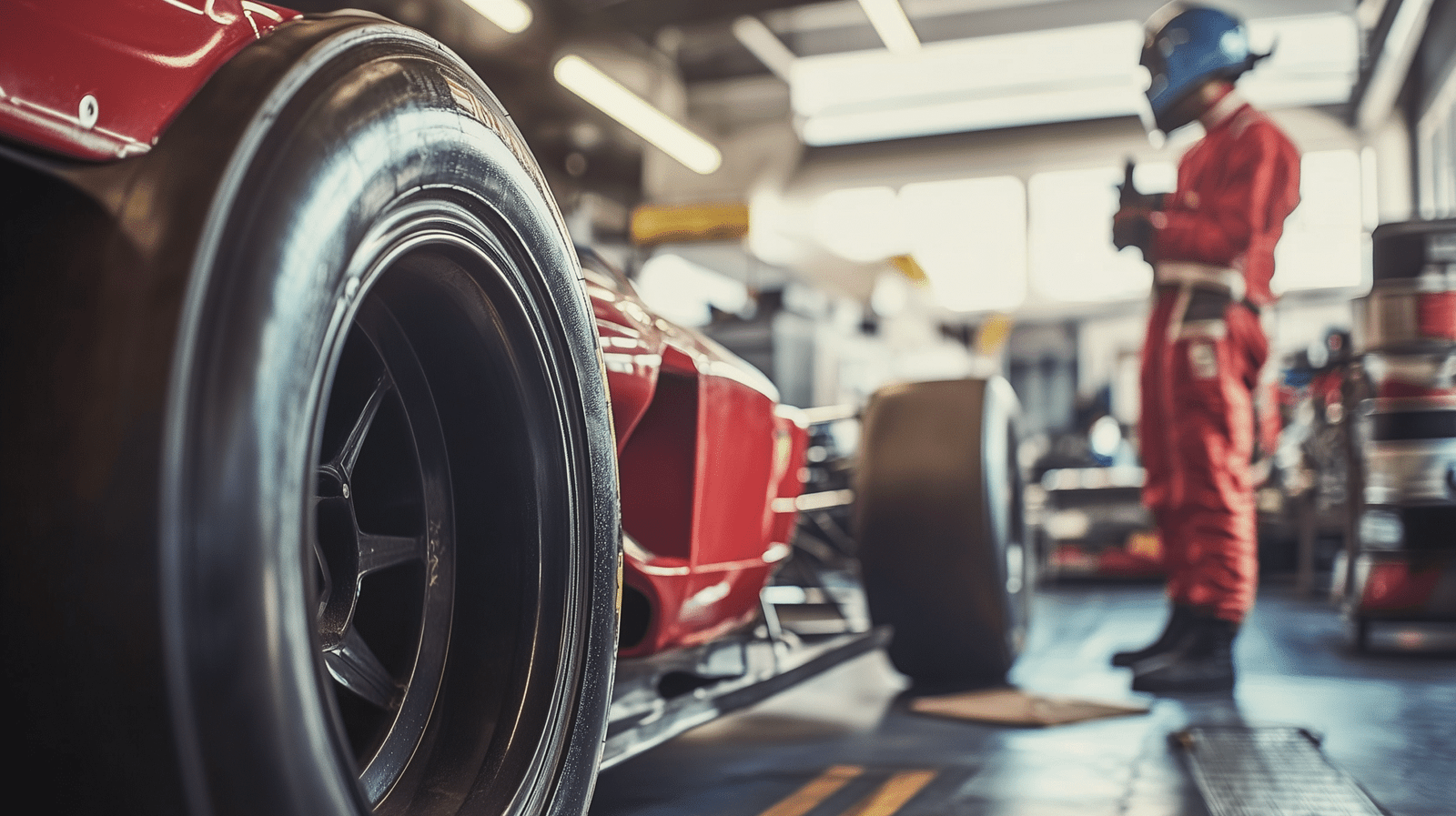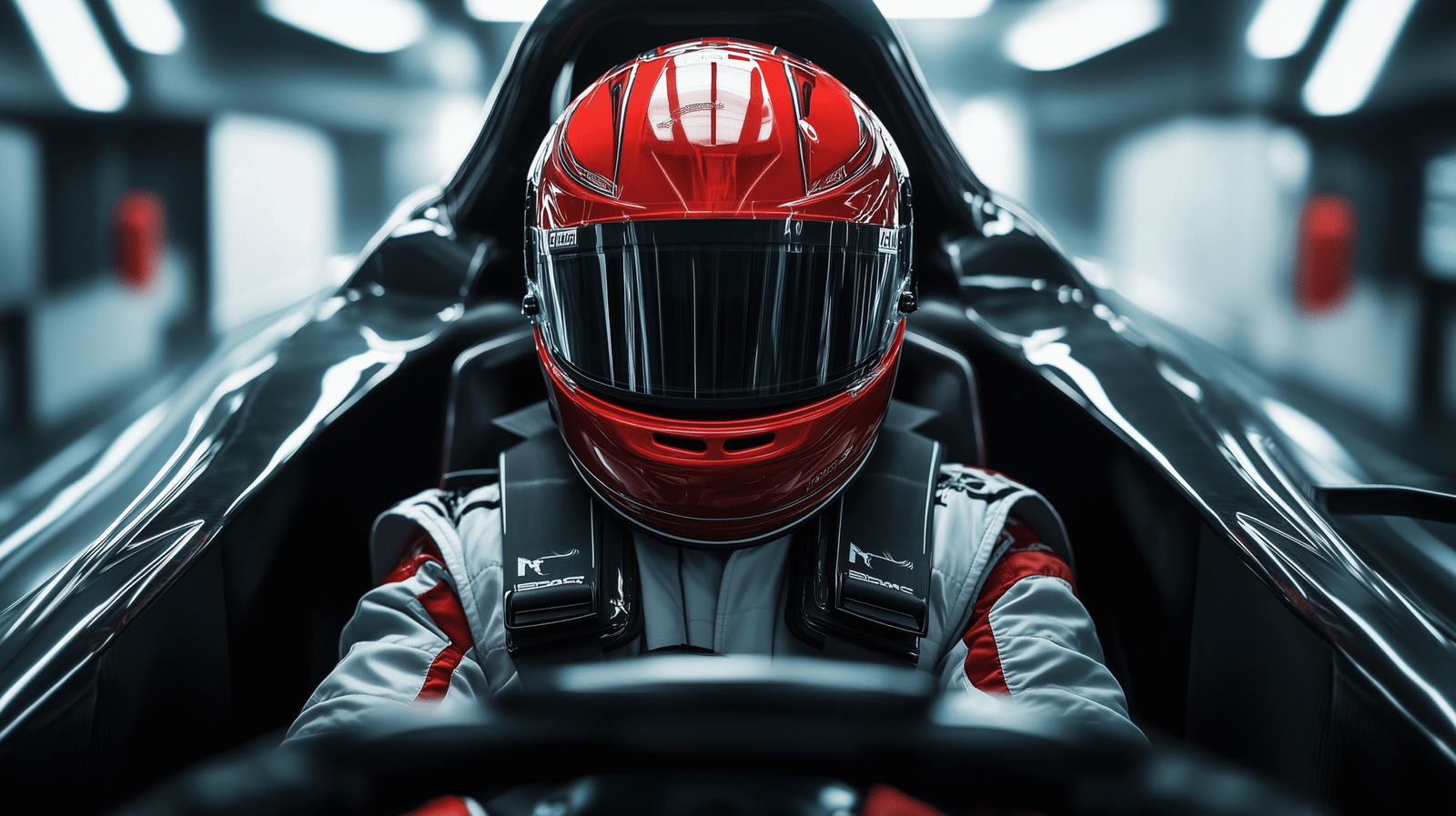
In the world of high-performance racing, keeping the car in top shape is just as important as driver skill or cutting-edge technology. These vehicles operate under extreme conditions, high speeds, intense heat, and constant mechanical stress. That’s why proper maintenance isn’t optional, it’s a core part of staying competitive and avoiding costly breakdowns. Let’s explore the key strategies that keep high-performance racing cars running at their best.
Preventive maintenance: staying ahead of the curve
Preventive maintenance is all about catching issues before they turn into problems. After every race, teams carry out detailed inspections, checking brakes, suspension, tyres, and the transmission. Any part exposed to high stress, like ceramic brake discs or racing tyres, needs to be replaced regularly to avoid mid-race failures.
The engine also gets special attention: frequent oil changes, new filters, and cooling system checks are standard. Using top-tier motor oils designed for racing conditions helps protect engine components and maintain peak performance.
Advanced diagnostics and predictive tools
Modern race cars are packed with sensors and telemetry systems that give engineers a real-time look at how the vehicle is performing. From tyre pressure to engine temperature, nothing goes unnoticed. This data allows teams to spot signs of wear early and act before problems develop.
Using AI and data analysis, teams can even predict when a component is likely to fail—scheduling maintenance proactively instead of reacting to breakdowns.
Tyre and brake management
Tyres and brakes take the most punishment on the track, so managing them carefully is critical. Tyres need constant monitoring for pressure, heat, and wear, with adjustments made based on track conditions and weather.
Brakes also operate under extreme stress. Regular replacement of brake pads and inspection of components like ceramic discs helps prevent overheating and ensures reliable stopping power throughout the race.
Continuous upgrades and fine-tuning
Staying competitive means constantly improving. Teams regularly upgrade parts, optimize the suspension, refine engine mapping, and introduce new materials to reduce weight and improve durability.
Each race and track is different, so adjustments are made to suit specific conditions, whether that means tweaking aerodynamics or reprogramming the engine control systems.
High-performance racing is about much more than speed, it’s about precision, planning, and maintenance. A smart maintenance strategy that includes prevention, diagnostics, part management, and constant innovation ensures vehicles are race-ready and reliable when it matters most.




